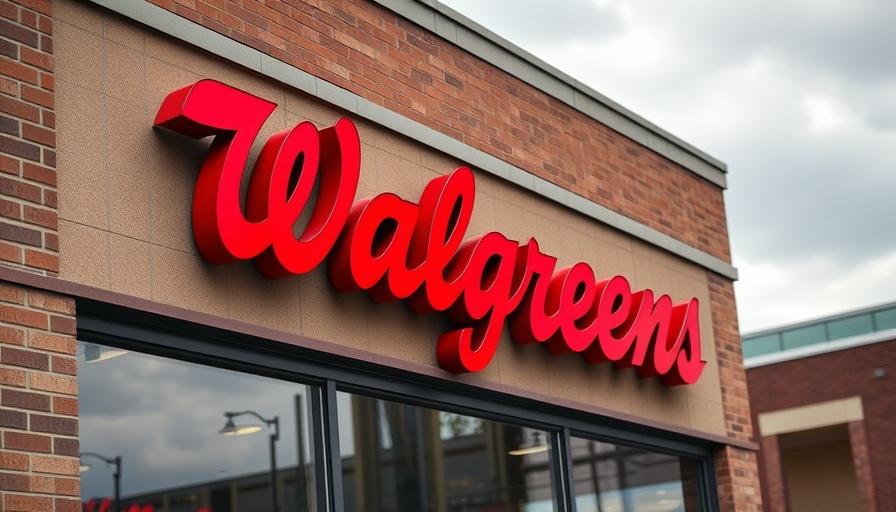
Revolutionizing Pharmacy: How Walgreens is Leading with Robotics
In an era where efficiency is paramount, Walgreens is embracing automation to streamline operations and cut costs. Recently, the pharmacy giant announced that its robotic micro-fulfillment centers have not only transformed their approach to prescription filling but also saved the company a staggering $500 million to date. With 16 million prescriptions filled monthly, these robot-assisted hubs are changing the face of pharmacy services.
The Mechanics Behind the Micro-Fulfillment Centers
So how do these centers operate? When a prescription order comes in, the system determines whether it will be filled by a pharmacist on-site or dispatched to a robotic fulfillment center. This decision is dependent mainly on the urgency of the prescription. Non-urgent refills are sent to the centers where robots take center stage, utilizing conveyor belts and advanced scanners to ensure quick and accurate order fulfillment, all while maintaining oversight from trained pharmacy professionals. This synergy of human expertise and robotic efficiency allows Walgreens to leverage technology's full potential.
The Benefits of Automation for Business Owners
For business owners looking to innovate, Walgreens' experience serves as a powerful example of how automation can create significant cost savings and enhance operational efficiency. The successful integration of robotics into their workflow has led to a 126% increase in prescription volume year-over-year, with costs reduced by approximately 13%. This not only improves their bottom line but allows pharmacists to engage more with patients, encouraging a better service model.
Industry Implications: A Competitive Edge in Retail
The transition to robotic assistance not only provides Walgreens a competitive edge over independent pharmacies but also sets a new standard for retail in the healthcare sector. As automated systems become more prevalent, it will be critical for other businesses within this space to adopt similar technologies or risk falling behind. The success of this initiative indicates a shift in consumer service expectations, where efficiency and accuracy become paramount.
Conclusion: Embrace the Future of Business
The integration of robotic technology in prescription filling at Walgreens offers visionary insight for business managers and owners. As the pharmacy chain prepares to go private in a significant acquisition deal, their commitment to innovative practices positions them favorably for future growth and adaptability. Leaders in various sectors should look beyond traditional methods and consider how advancements in technology can drive their businesses forward.
 Add Row
Add Row  Add
Add 

 Add Row
Add Row  Add Element
Add Element 




Write A Comment